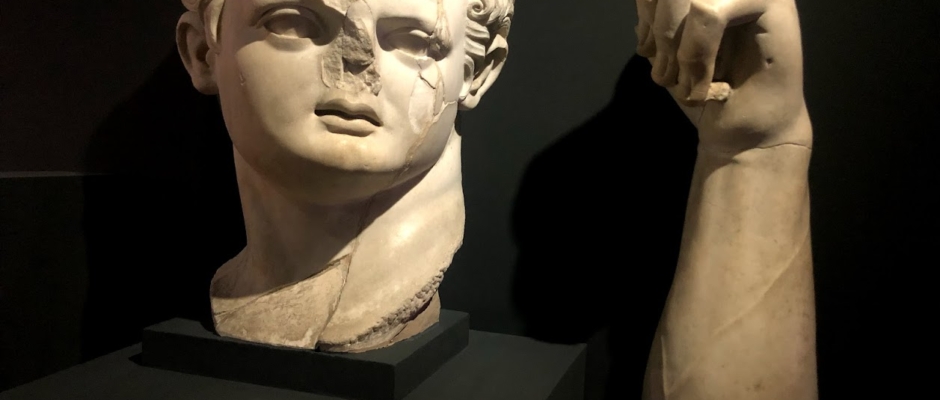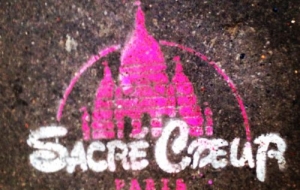After visiting the Ephesus Ancient City, paying a visit to its museum is “a must”. You should not skip it! It houses finds from the nearby Ephesus excavation site. The museum has a W O N D E R F U L Artemis statue, actually even two of them! I was totally fascinated by this work.
Ephesus was a city in ancient Greece on the coast of Ionia, 3 km southwest of present-day Selçuk in İzmir Province, Turkey. It was built in the 10th century BC on the site of the former Arzawan capital by Attic and Ionian Greek colonists. The city came under the control of the Roman Republic in 129 BC. The city was famous in its day for the nearby Temple of Artemis, which has been designated one of the Seven Wonders of the Ancient World. Its many monumental buildings included the Library of Celsus and a theatre capable of holding 25,000 spectators. The city was destroyed by the Goths in 263.
Ephesus was not discovered until 1863, when the British engineer John Turtle Wood began searching, to find the remains of the Temple of Artemis. He identified its location and dedicated five years to the excavations in this area. The next round was conducted by German and Austrian archaeologists from 1895 to 1913 under the direction of Otto Benndorf and Carl Humann. So far only 20% of the actual city could be excavated! . All the findings in the museum were brought from Saint John the Evangelist Church, Temple of Artemis, Belevi Mausoleum.

Triton – 69-96 AD 
Aphrodite – 2nd century AD 
Aphrodite? – 1st century AD 


Priest – 3rd century AD
Priestess – 200-250 AD
Zeus – 2nd-3rd century AD 
Asclepius – 2nd century AD 
Marcus Aurelius – 2nd century AD 
Bronze Snake – 1st century AD 
Socrates – 4th century AD

Statue of Artemis 
Statue of Artemis 
Statue of Artemis 
Statue of Artemis

Frieze of Temple of Hadrianus – 3rd-4th century AD 
Frieze of Temple of Hadrianus – 3rd-4th century AD


Proconsul Stephanos 
















